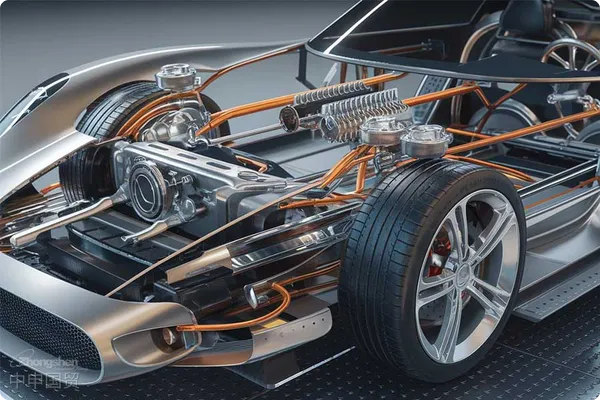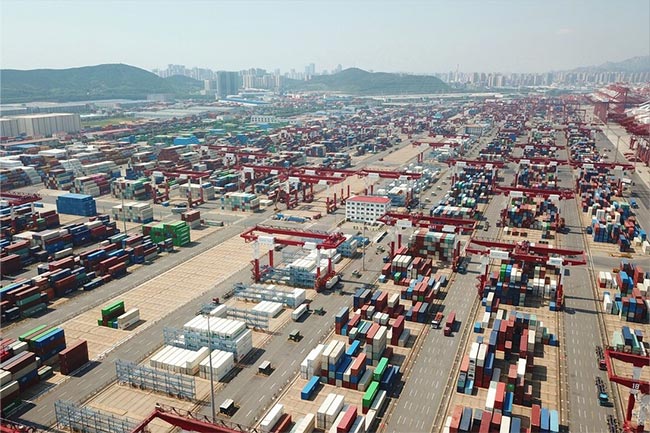- Shanghai Zhongshen International Trade Co., Ltd., with 20 years of experience in foreign trade import and export agency services.
- Service Hotline: 139 1787 2118

Introduction
In automotive steering systems, the power steering pump serves as a core power transmission component, directly affecting driving safety and control experience. With Chinas automotive aftermarket exceeding 1.3 trillion yuan (China Association of Automobile Manufacturers 2023 data), demand for imported high-end vehicle matching pumps continues to grow. Based on 20 years of cross-border supply chain management experience, this article provides a thorough analysis of this categoryImport agencykey aspects.
I. Market Characteristics and Technical Knowledge
1.Category Segmentation
- Hydraulic Type: Suitable for traditional fuel vehicles (e.g., ZF 7841 series for German models)
- Electric Type (EHPS):New EnergyMainstream configuration for new energy vehicles (e.g., Hitachi Astemos E-Pump)
- Certification Requirements: EU ECE R67, North American DOT certification, China CCC (partial exemptions)
2.Technical Parameter Identification
- Operating pressure range (8-12MPa)
- Flow characteristic curve (must match vehicle ECU parameters)
- Material certification (aluminum alloy housing requires RoHS test reports)
II. Risk Control Points in Import Agency Process
1.Customs Classification Practices
- Correct use of 8708.99 under 8-digit HS code (6.5% tariff rate)
- Avoid misclassification under HS 8413 oil pump category (8% tariff rate and involves commodity inspection)
2.Technical entry barriers
- EU Market: A REACH Annex XVII cadmium content declaration (<0.01%) is required.
- US Customs: Submit FMVSS 126 dynamic test report
- Middle East region: High-temperature endurance test requirements under GCC certification
3.Supply chain optimization case
A German car modification company encountered customs clearance delays when importing TRW steering pumps:
- Issue: Undeclared built-in pressure sensor (involving HS 9032 item)
- Solution: Split customs declaration and supplement IEC 60751 calibration certificate
- Result: Customs clearance time reduced from 23 days to 5 days, saving 120,000 yuan in demurrage fees
III. Solutions to Industry Pain Points
1.Quality dispute prevention mechanism
- Implement pre-shipment PTI inspection (key inspection items:
? Bearing clearance ≤0.05mm
? Leakage volume <1.5ml/min@1500rpm)
2.Supply chain resilience building
- Establish dual warehousing centers in Europe/North America (Munich + Chicago)
- 72-hour emergency order delivery solution (air freight+ Bonded zone pre-declaration)
3.Cost control strategies
- Transshipment and distribution at ports like Turkey (reducing Europe-Asia routeOcean shippingcosts by 30%)
- Utilize RCEP rules of origin (Indonesian-made components enjoy 0% tariff)
IV. Industry trend forecast
1.Technology substitution risk
EPS (Electric Power Steering) system penetration rate has reached 67% (2023 global data), traditional hydraulic pump imports are expected to decrease by 40% before 2028. Recommended importers shift to high-pressure pumps for hybrid vehicles (such as KYB 200Bar series).
2.Compliance upgrade direction
EU will implement CSRD regulations in 2024, requiring disclosure of supply chain carbon footprint data. Recommended priority procurement from suppliers with EPD environmental declarations (such as Germanys LUK carbon-neutral product line).
Conclusion
Under the dual background of automotive industry intelligent transformation and strengthened trade compliance, the import of steering assist pumps has evolved from pure logistics services to technical compliance integration services. Choosing an agency company with the following capabilities is crucial:
- EU TüV certified testing resource network
- OEM OE parts database
- Multi-country type approval fast track
(Data in this article is current as of Q3 2023. Please refer to the latest regulations for specific operations.)
Authors Introduction
With 20 years of experience in international trade of automotive components, has led the completion of over 2,000 batches of steering system component import projects. Proficient in full-cycle management from product certification to after-sales claims. Currently serves as General Manager of the Automotive Division at a multinational supply chain group.
Recommended for You
Category Case
Contact Us
Email: service@sh-zhongshen.com
Recommended for You
Contact via WeChat

? 2025. All Rights Reserved. Shanghai ICP No. 2023007705-2  Shanghai Public Network Security Record No. 31011502009912
Shanghai Public Network Security Record No. 31011502009912








